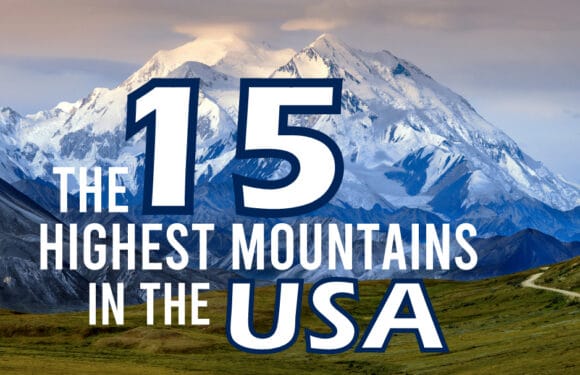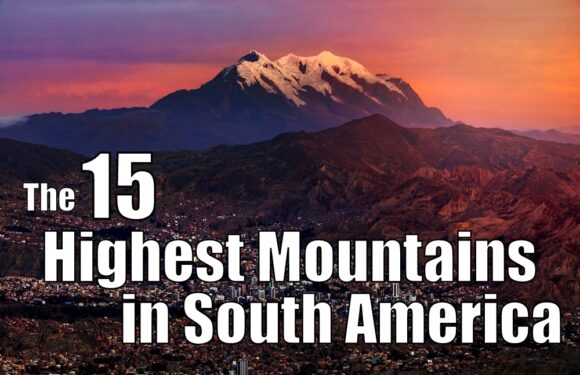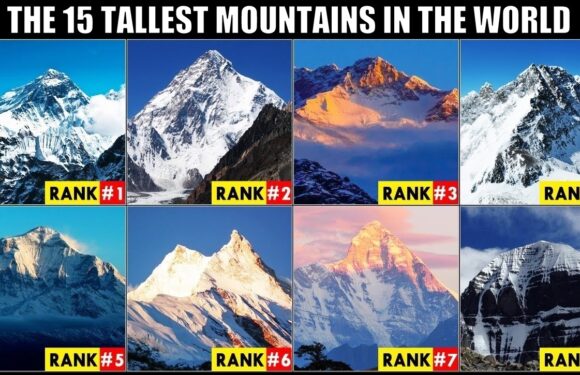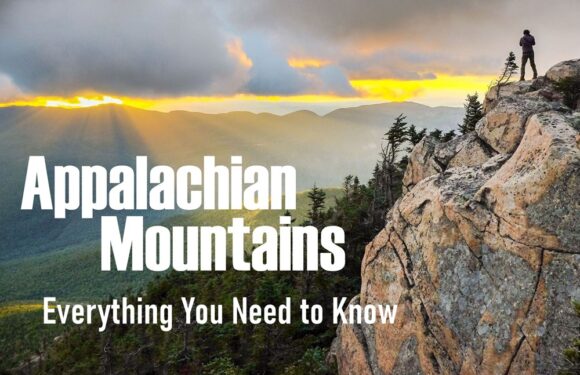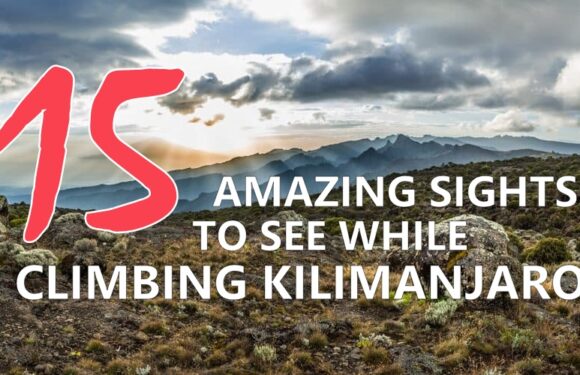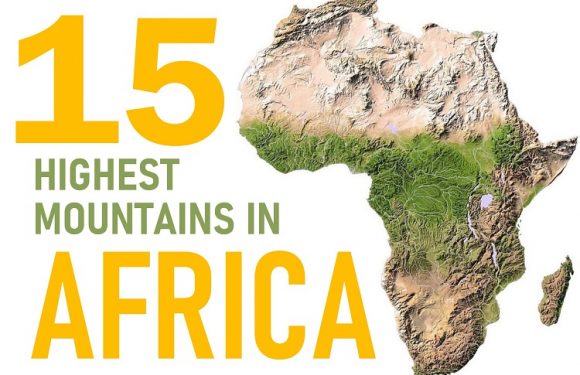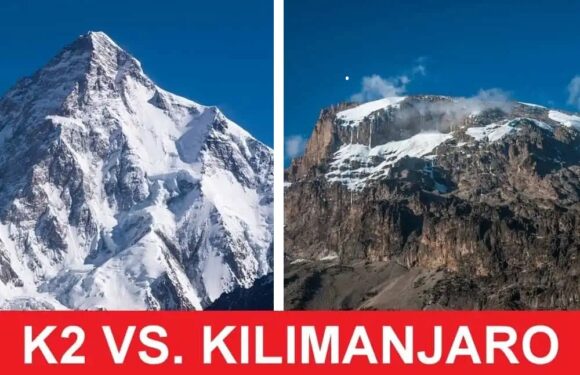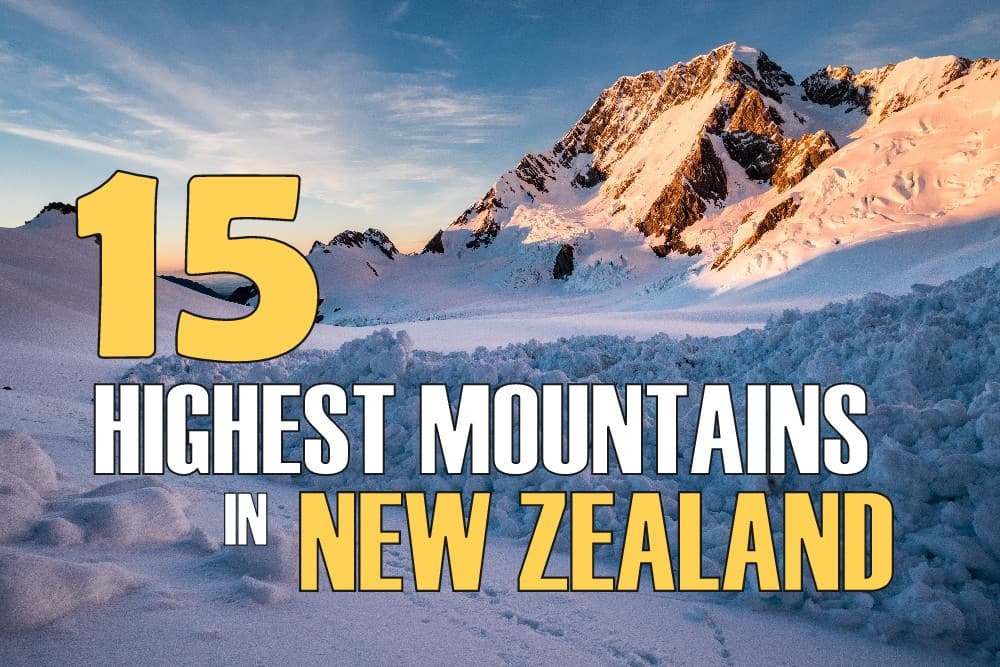
New Zealand’s mountains are a testament to the country’s beauty.
They are scattered across the North and South Islands, with 60% of the South Island being covered in mountains called the Southern Alps, the main mountain range in the country. The Southern Alps are a magnificent mountain range that stretches for 310 miles (500 kilometers) along the western side of the South Island. The range was created by the collision of two tectonic plates – the Pacific and the Australian – that the country sits upon.
The Southern Alps are part of the Pacific Ring of Fire, a region known for its intense tectonic activity. It offers a dramatic and picturesque landscape characterized by towering peaks, glaciers, and alpine lakes. The Southern Alps is home to some of the highest mountains in New Zealand, including the iconic Mount Cook. This mountain range attracts mountaineers, hikers, and nature lovers from around the world, offering a wide range of outdoor activities and breathtaking vistas.
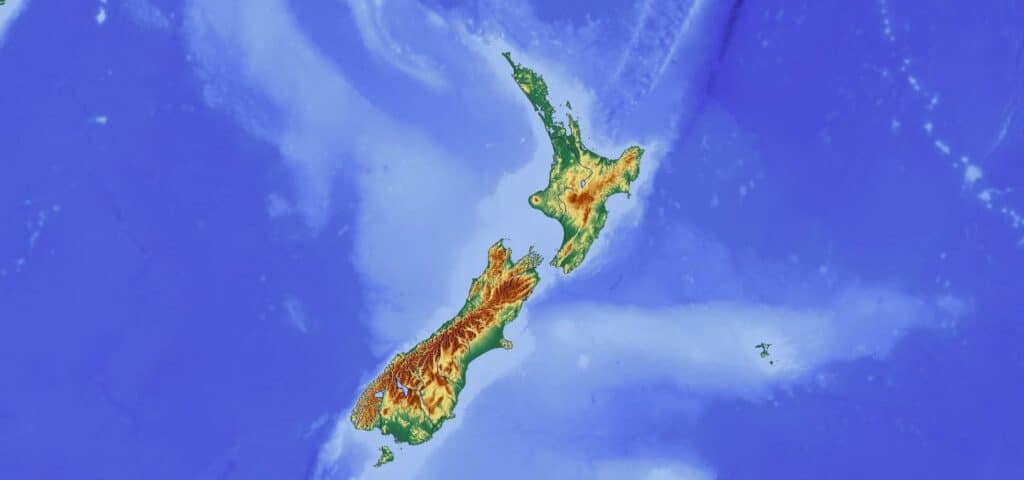
In this article, we will examine the 15 highest mountains in New Zealand. These peaks showcase the country’s geological history, with their rugged beauty shaped by millions of years of tectonic activity and glacial erosion.
1. Aoraki / Mount Cook (12,218 feet / 3,724 meters)
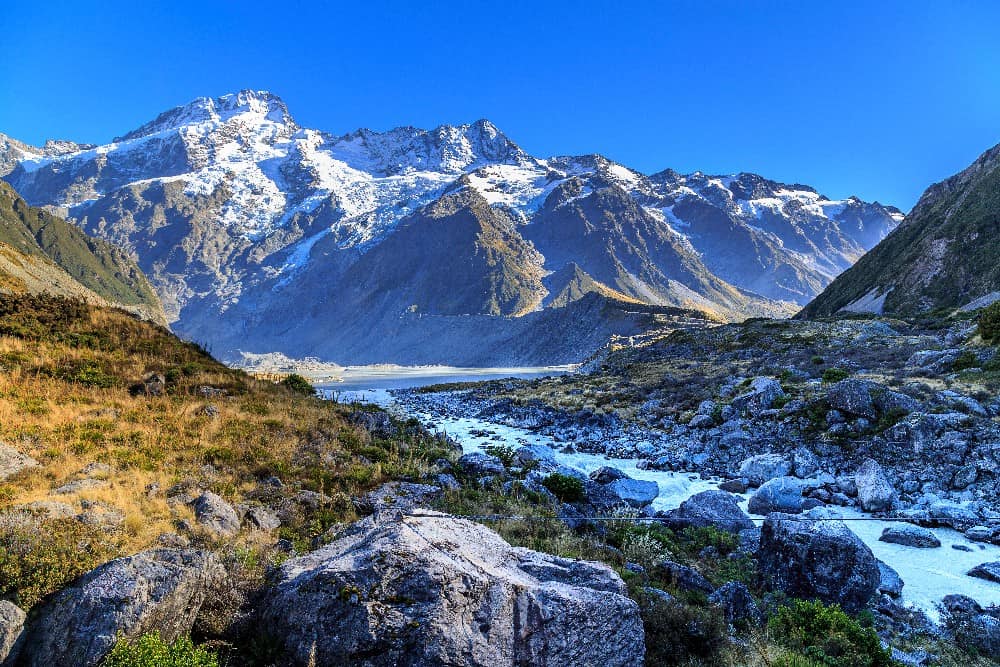
Aoraki / Mount Cook is the highest mountain in New Zealand. The mountain has three summits: High Peak (12,218 ft), Middle Peak (12,195 ft), and Low Peak (11,788 ft). These make up the three highest peaks in New Zealand.
Aoraki / Mount Cook is also home to the Tasman Glacier, the largest in New Zealand, which spans over 14 miles (23 kilometers) in length and covers an area of approximately 62 square miles (101 square kilometers). Aoraki holds great cultural significance for the Māori people, who consider it a sacred mountain. The name translates to “cloud piercer.”
2. Mount Tasman (11,473 feet / 3,497 meters)
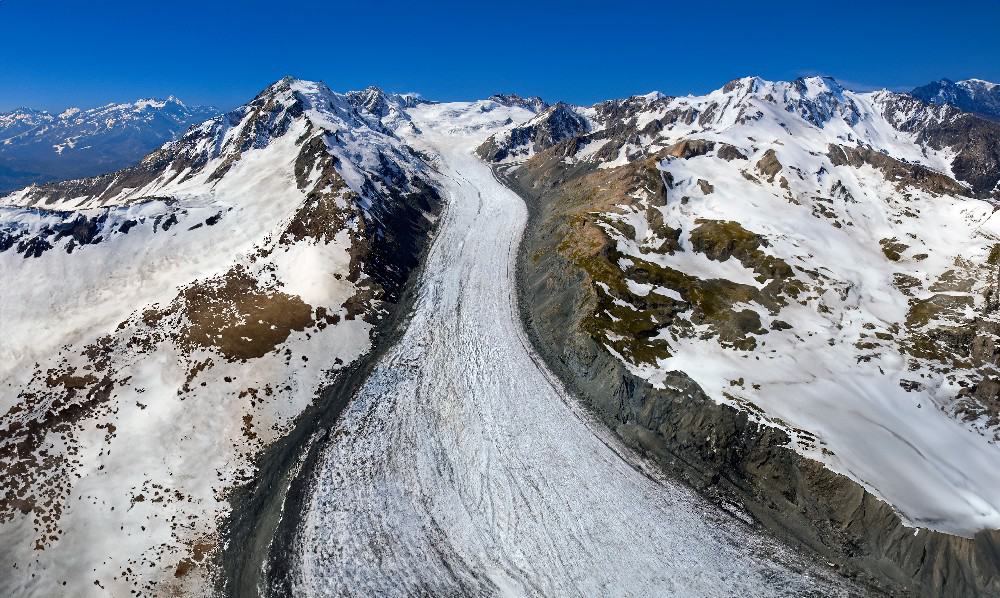
Mount Tasman is the second highest mountain in New Zealand. Named after Dutch explorer Abel Tasman, this mountain is often referred to as the “brother” of Aoraki / Mount Cook due to its proximity and similar appearance. Mount Tasman is part of the Southern Alps and is known for its giant icefall, known as the Caroline Face.
3. Mount Dampier (11,286 feet / 3,440 meters)
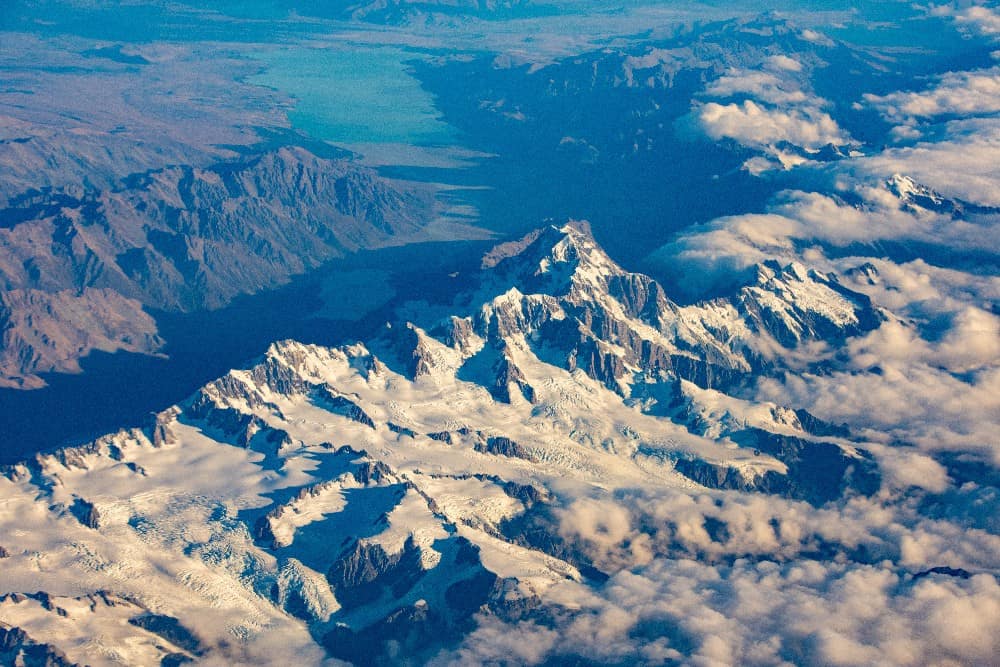
Mount Dampier is located in the Southern Alps, between Mount Hicks and Aoraki / Mount Cook. It offers a formidable challenge to mountaineers with its steep slopes and icy ridges. It is often traversed by climbers en route to the North ridge of Mount Cook. Its Māori name literally means “long sky.”
4. Mount Vancouver (10,856 feet / 3,309 meters)
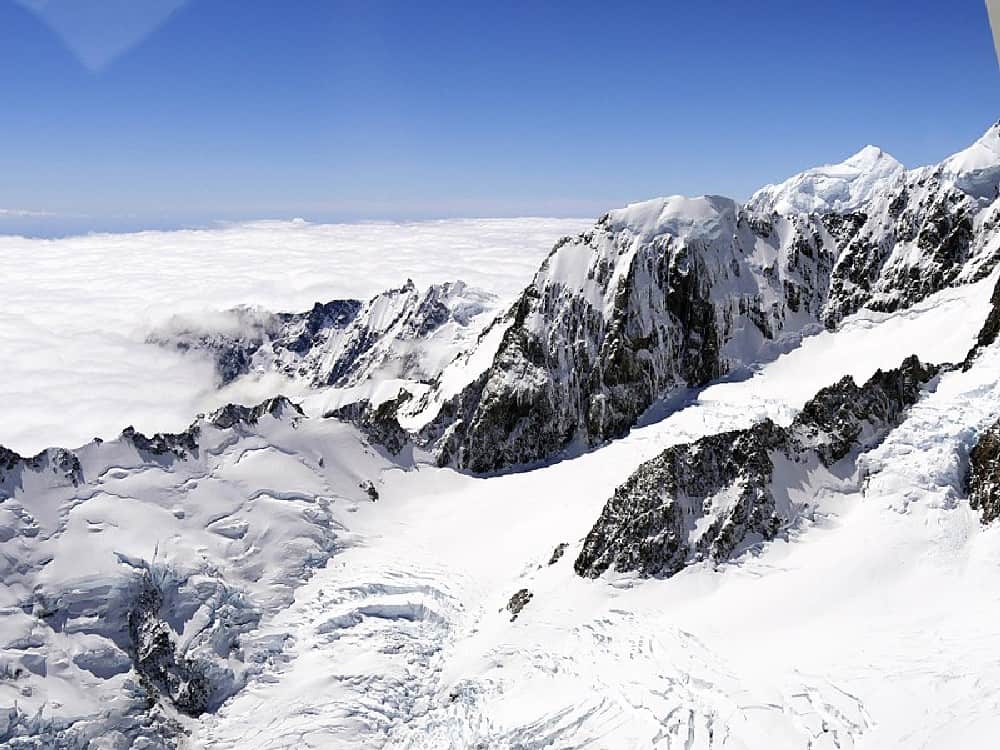
Mount Vancouver was named after the famous British explorer Captain George Vancouver. He was part of the second voyage of James Cook in 1773 and who returned in 1791 as commander of the Vancouver Expedition. The New Zealand Geographic Board adopted the name Mount Vancouver in November 1953.
5. Silberhorn (10,827 feet / 3,300 meters)
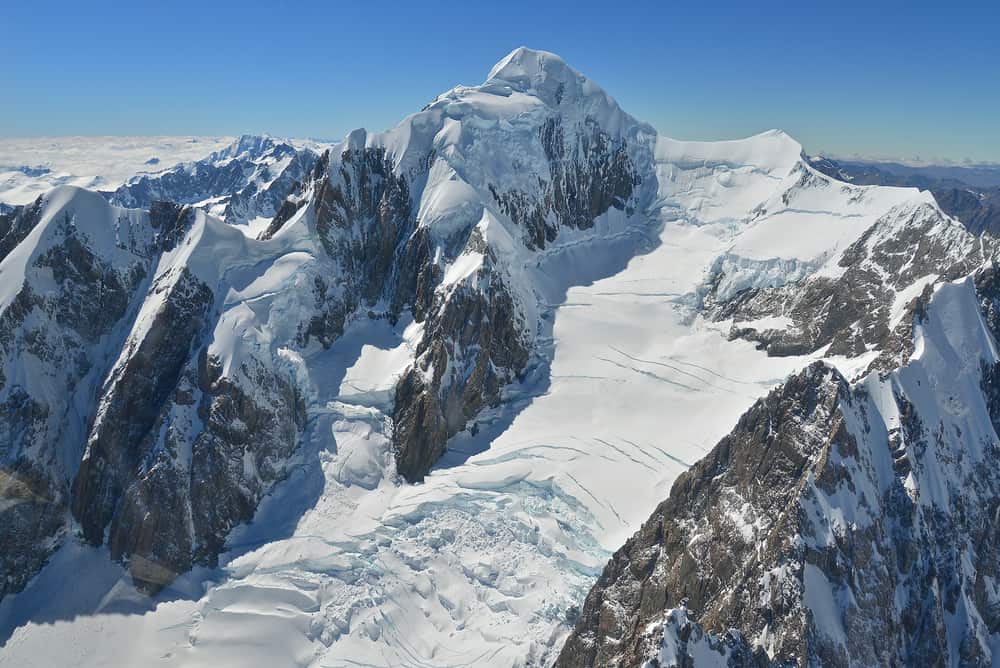
Silberhorn is a distinctive peak located on the southern ridge of Mount Tasman. The name means “silver horn” in German, which describes the mountain’s appearance. Silberhorn is often likened to a peak in the Swiss Alps, with its sharp and jagged features.
6. Malte Brun (10,492 feet / 3,198 meters)
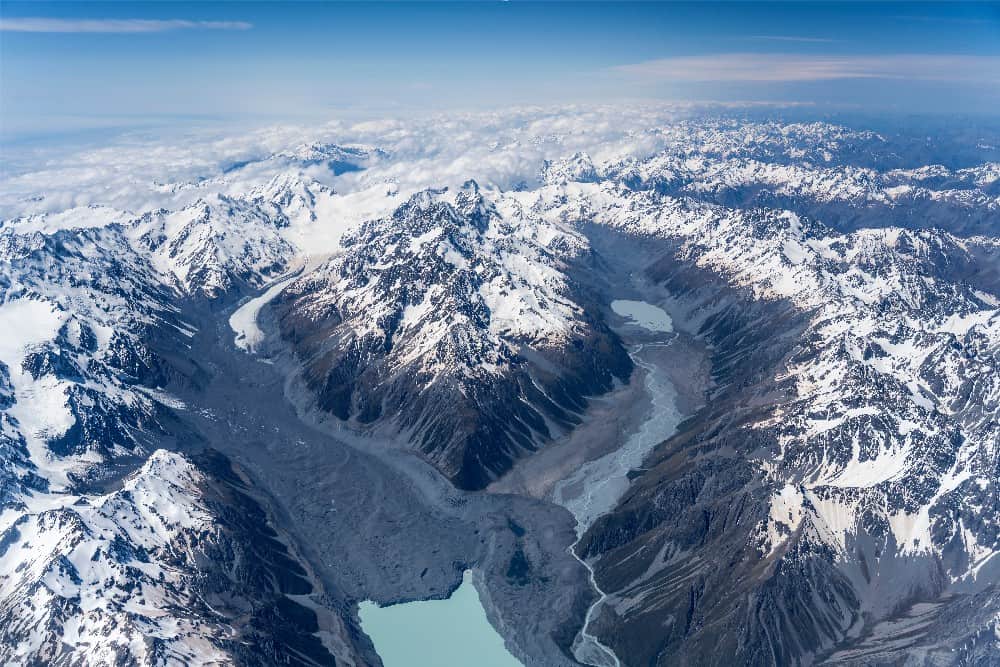
Malte Brun is the highest peak in the Malte Brun Range and the sixth tallest mountain in New Zealand. The mountain is known for its dramatic ridgeline and the beautiful Isobel Glacier. Malte Brun is part of the Mount Aspiring National Park. It was named after French geographer Conrad Malte-Brun.
7. Mount Hicks (10,492 feet / 3,198 meters)
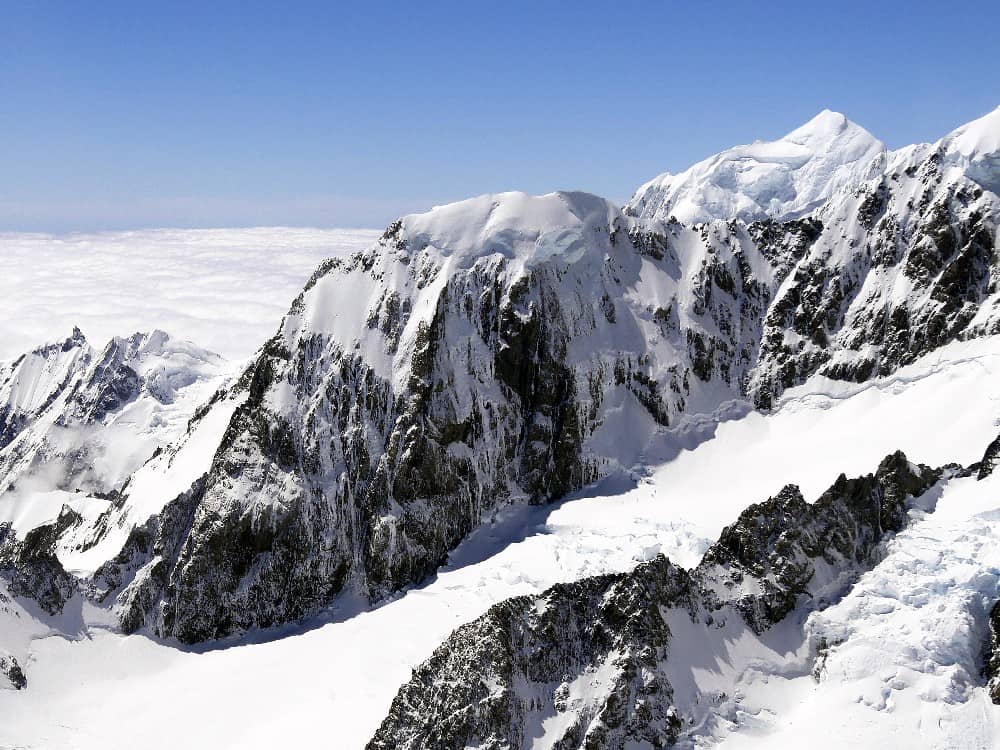
Mount Hicks, also known as Saint David’s Dome, is located in Aoraki / Mount Cook National Park. The mountain was named after Edward Jollie Hicks, a New Zealand surveyor who played a significant role in mapping the country’s terrain. One of the notable features of Mount Hicks is the Linda Glacier, which flows down its eastern slopes.
8. Lendenfeld Peak (10,469 feet / 3,194 meters)
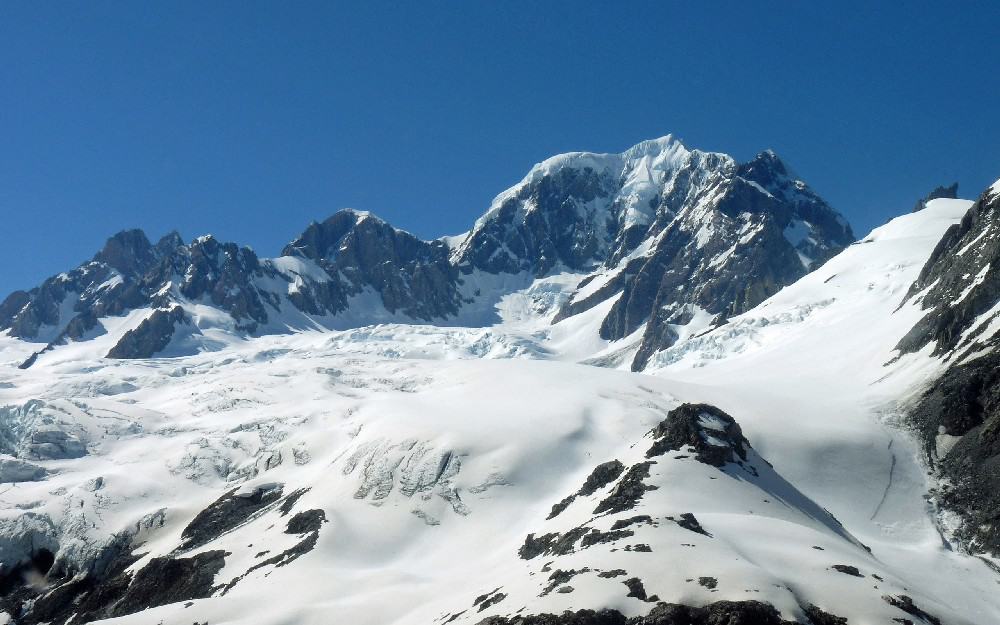
Lendenfeld Peak is the eighth highest peak in New Zealand. Located in the Southern Alps and part of Aoraki / Mount Cook National Park, this mountain was named after Robert Lendlmayer von Lendenfeld, an Austrian zoologist.
9. Mount Graham (10,446 feet / 3,184 meters)

Mount Graham is a notable peak in New Zealand’s Southern Alps. It is a prominent landmark along the famous Milford Track, one of New Zealand’s Great Walks. The Milford Track is a 33 mile (53 kilometer) trail that takes hikers through some of the country’s most spectacular landscapes.
10. Torres Peak (10,367 feet/ 3,160 meters)
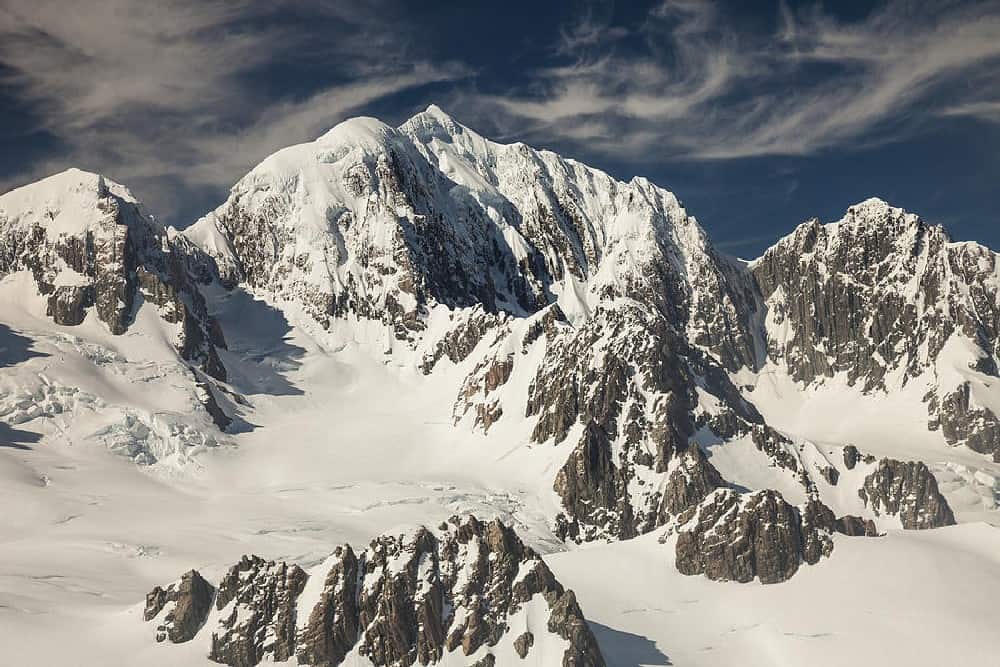
Torres Peak was named after the Spanish explorer Luis Vaez de Torres. He is credited with being the first European to navigate the strait that separates Australia and Papua New Guinea, now known as Torres Strait.
11. Mount Sefton (10,338 feet / 3,151 meters)
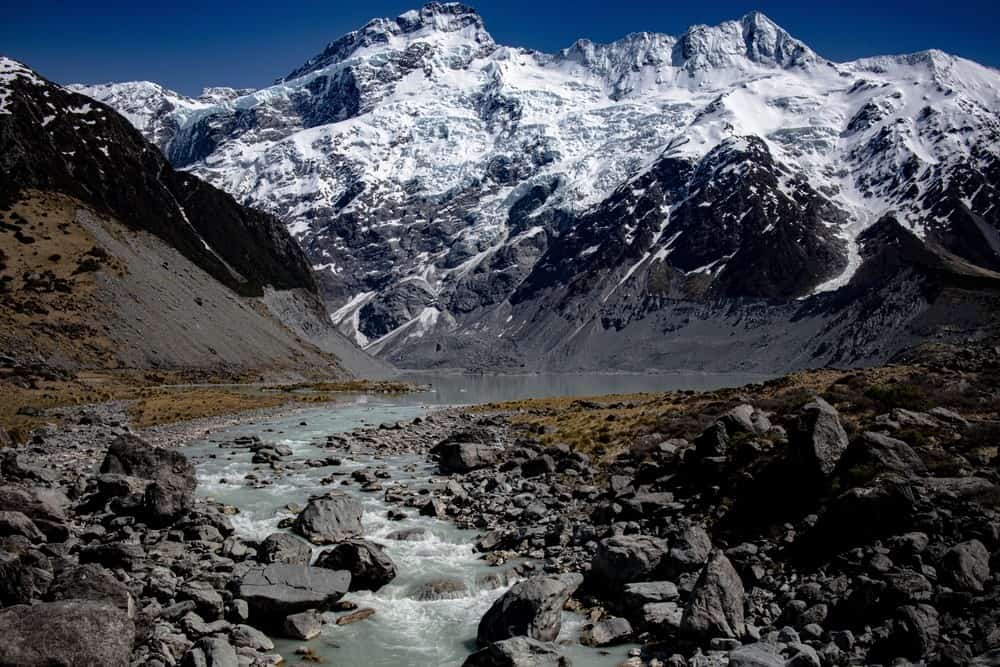
Known for its sheer rock faces and imposing presence, Mount Sefton is one of New Zealand’s tallest peaks. It was named after Lord Sefton, who was the president of the Alpine Club in the late 19th century. The Alpine Club played a significant role in the mapping of the Southern Alps, and many peaks in the region were named in honor of prominent members of the club.
12. Mount Teichelmann (10,315 feet / 3,144 meters)
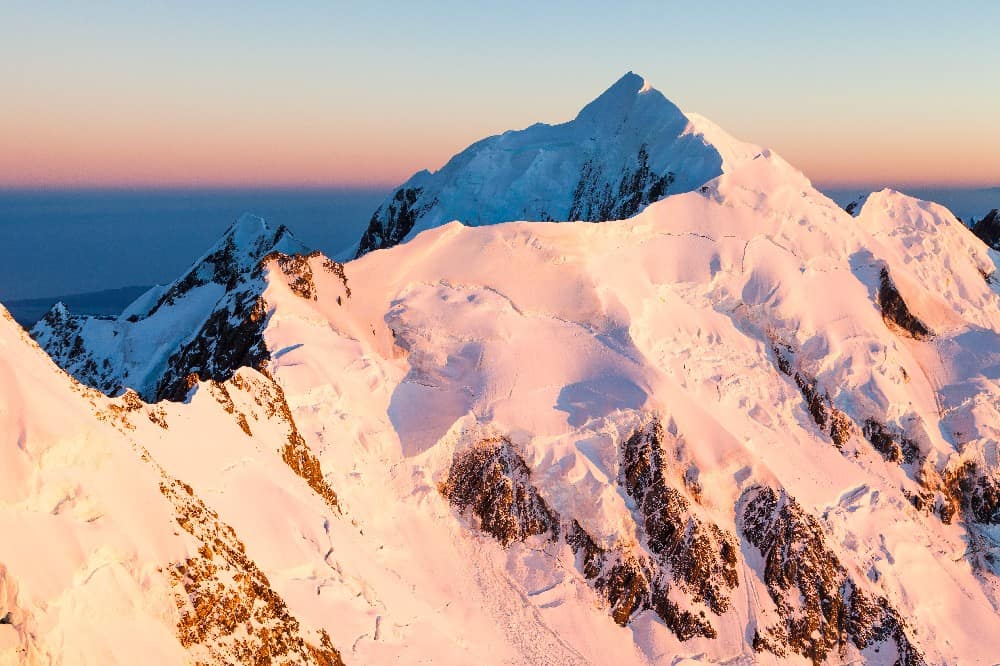
Mount Teichelmann was named after Swiss mountaineer Rudolf Teichelmann. The mountain is part of the Westland Tai Poutini National Park, a UNESCO World Heritage site. The park is known for its spectacular glaciers, including the famous Franz Josef Glacier and Fox Glacier.
13. Mount Haast (10,217 feet / 3,114 meters)
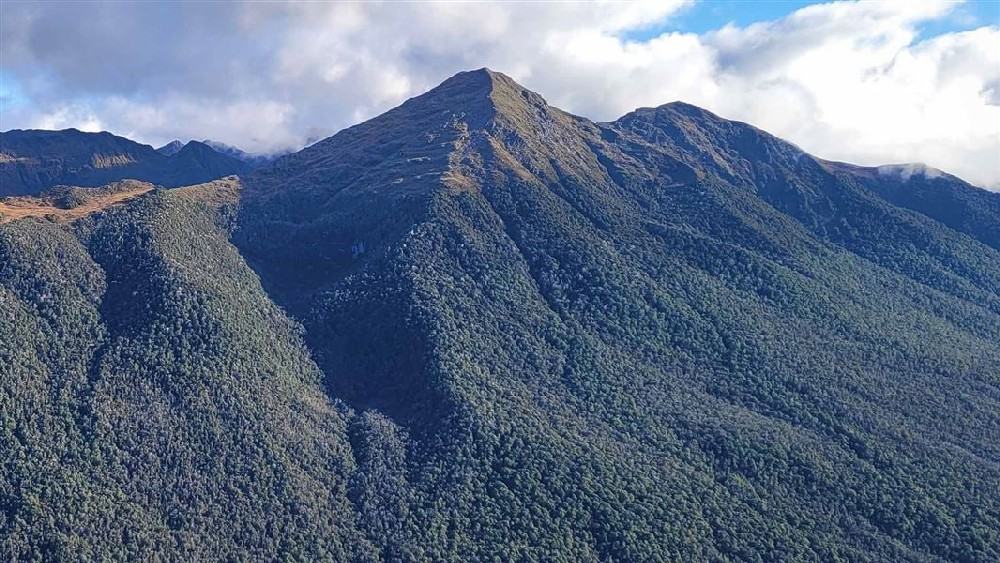
Mount Haast was named after Julius von Haast, a German geologist who made significant contributions to the exploration of the Southern Alps. It is located within Westland Tai Poutini National Park, which is home to a wide variety of plant and animal species, including the rare and endangered kea, a native parrot known for its intelligence and curiosity.
14. Mount Elie de Beaumont (10,200 feet / 3,109 meters)
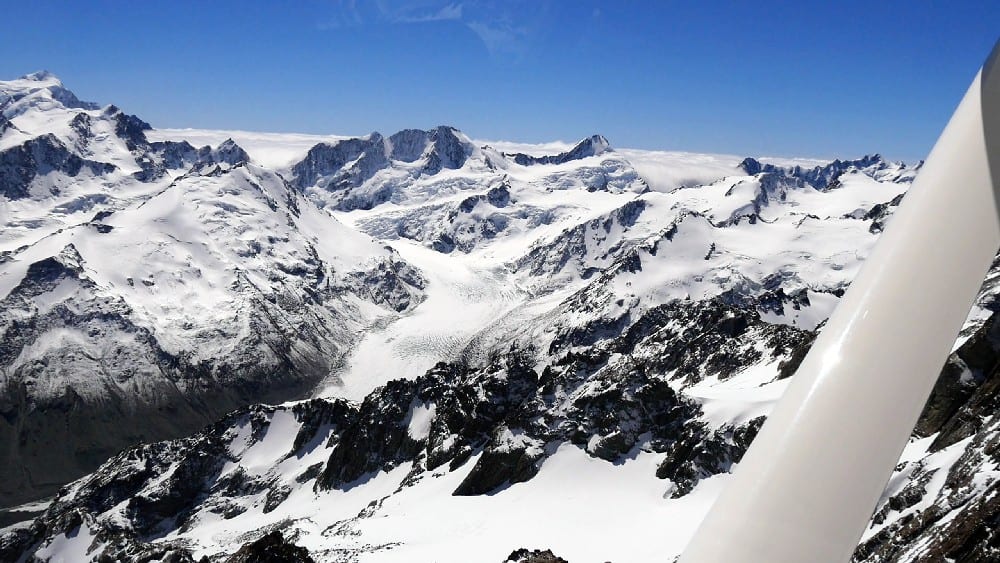
Mount Elie de Beaumont was named after French geologist Elie de Beaumont, who made significant contributions to the field of geology. The mountain is surrounded by several glaciers like Johannes Glacier, Burton Glacier, Times Glacier, and Anna Glacier, and is part of the Aoraki/Mount Cook National Park.
15. La Perouse (10,098 feet / 3,078 meters)
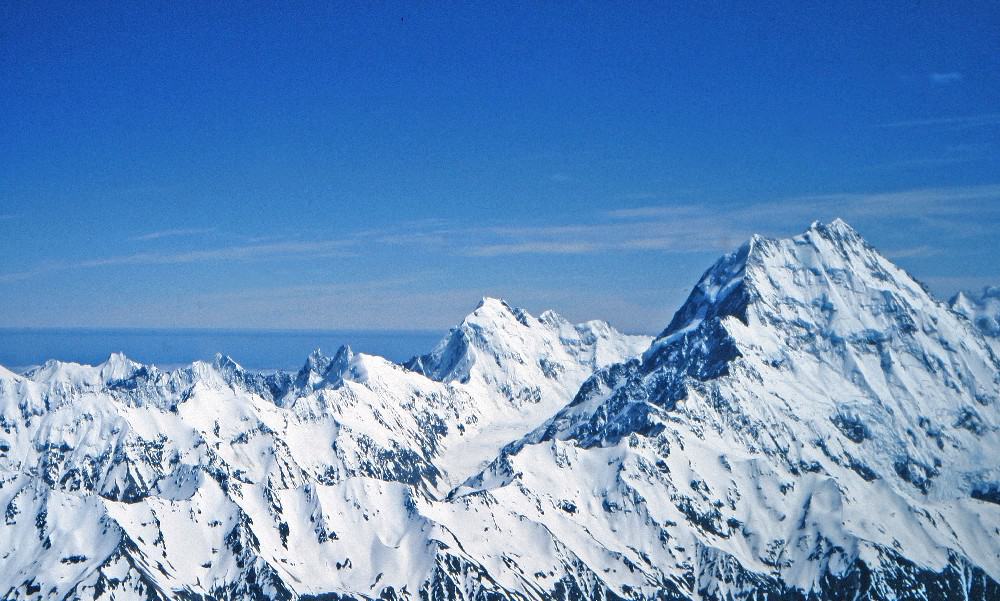
La Perouse was named after French explorer Jean-François de Galaup, comte de La Pérouse, who explored the Pacific region in the late 18th century. This peak is part of Mount Aspiring National Park. The mountain was once called Mount Stokes, after John Lort Stokes, a Royal Navy officer.
Why You Should Visit New Zealand
New Zealand’s diverse and rugged terrain, with its abundance of mountains and hiking trails, makes it a popular destination for mountaineers and hikers. The country’s unique geography provides a wide range of challenging and rewarding experiences for outdoor enthusiasts of all levels.
One reason why New Zealand is popular is its well-developed network of trails and infrastructure. The country boasts a vast array of hiking trails, ranging from gentle walks to multi-day treks. These trails are meticulously maintained and offer a range of difficulty levels, ensuring that there is something for everyone. Additionally, New Zealand’s Department of Conservation does a wonderful job preserving and protecting the country’s natural landscapes.
New Zealand has a well earned reputation as a safe and welcoming destination. The country’s low crime rate, well-established safety regulations, and friendly locals create an environment that is conducive to outdoor exploration. Whether you are embarking on a solo hiking adventure or joining a guided mountaineering expedition, you can be confident that New Zealand is a safe and supportive environment for your outdoor pursuits.
How Does Mount Kilimanjaro Compare?
Mount Cook, the highest peak in New Zealand, stands at approximately 12,218 feet (3,724 meters) tall, making it significantly shorter than Mount Kilimanjaro, which soars to an elevation of 19,341 feet (5,895 meters). Therefore, if Kilimanjaro were actually located in New Zealand, it would be the tallest mountain in the country.
While New Zealand’s tallest mountains are renowned for their rugged beauty and attract climbers and hikers seeking adventure, they generally fall short in terms of sheer elevation when compared to the world’s tallest peaks.



















































